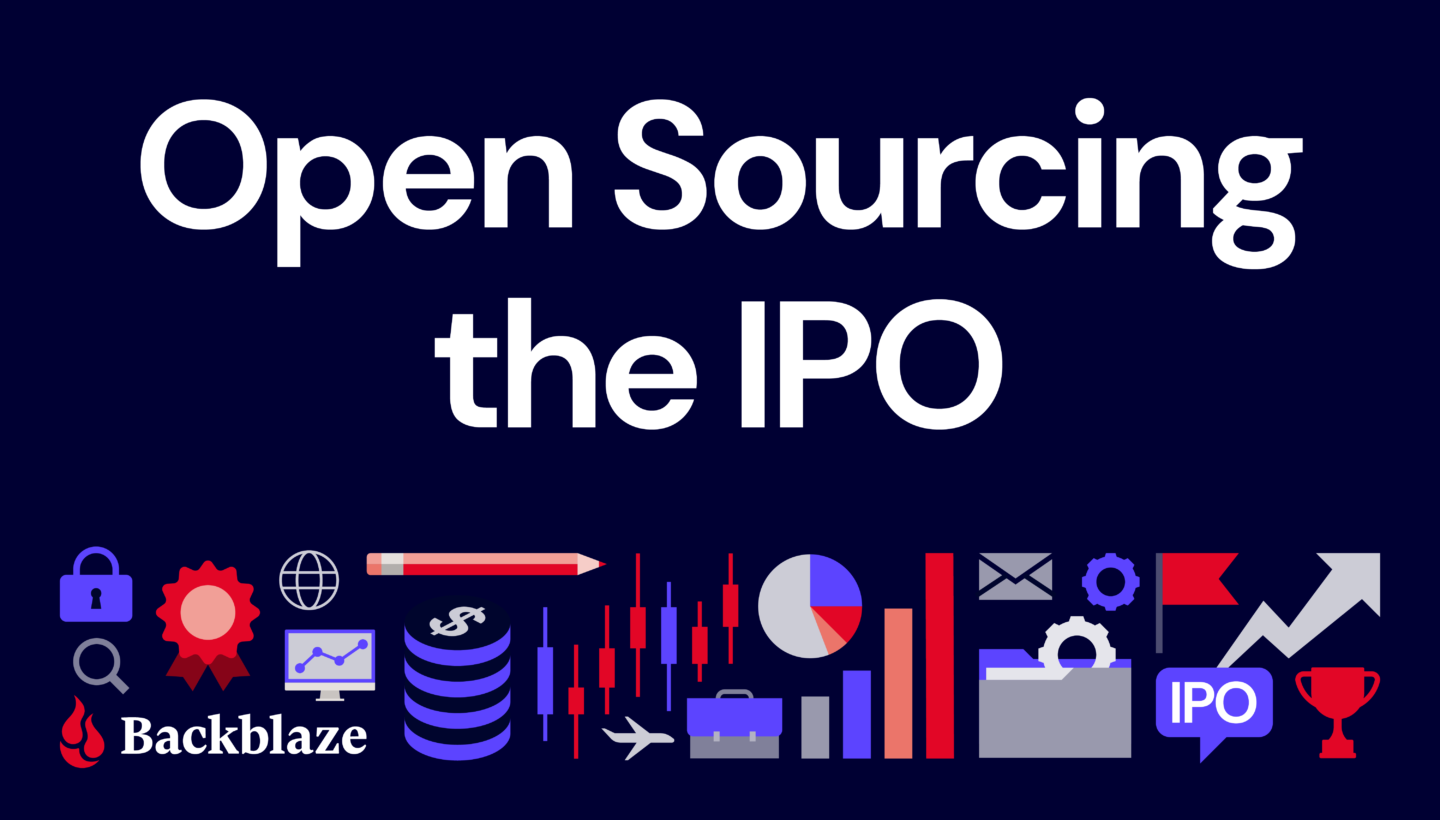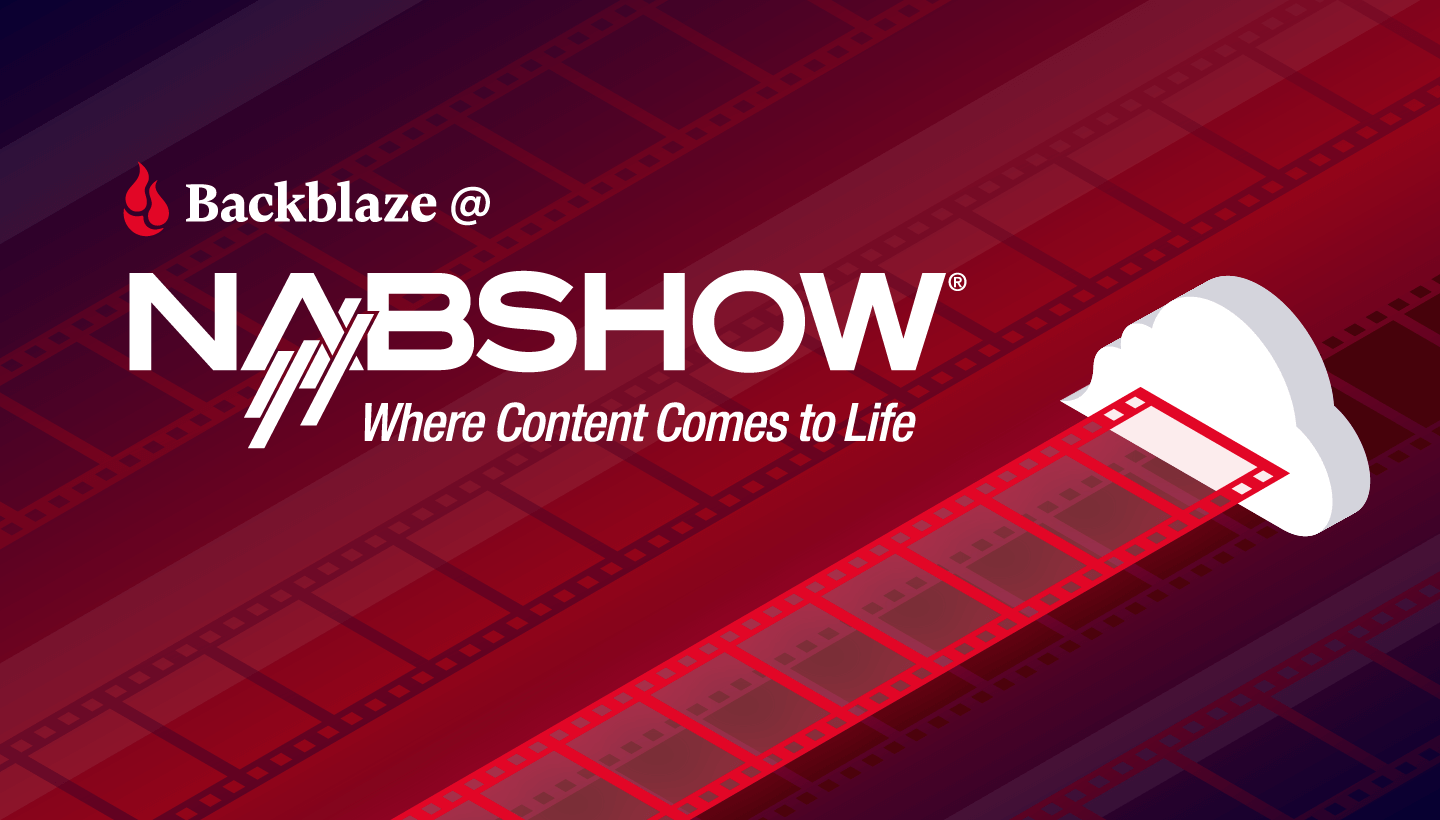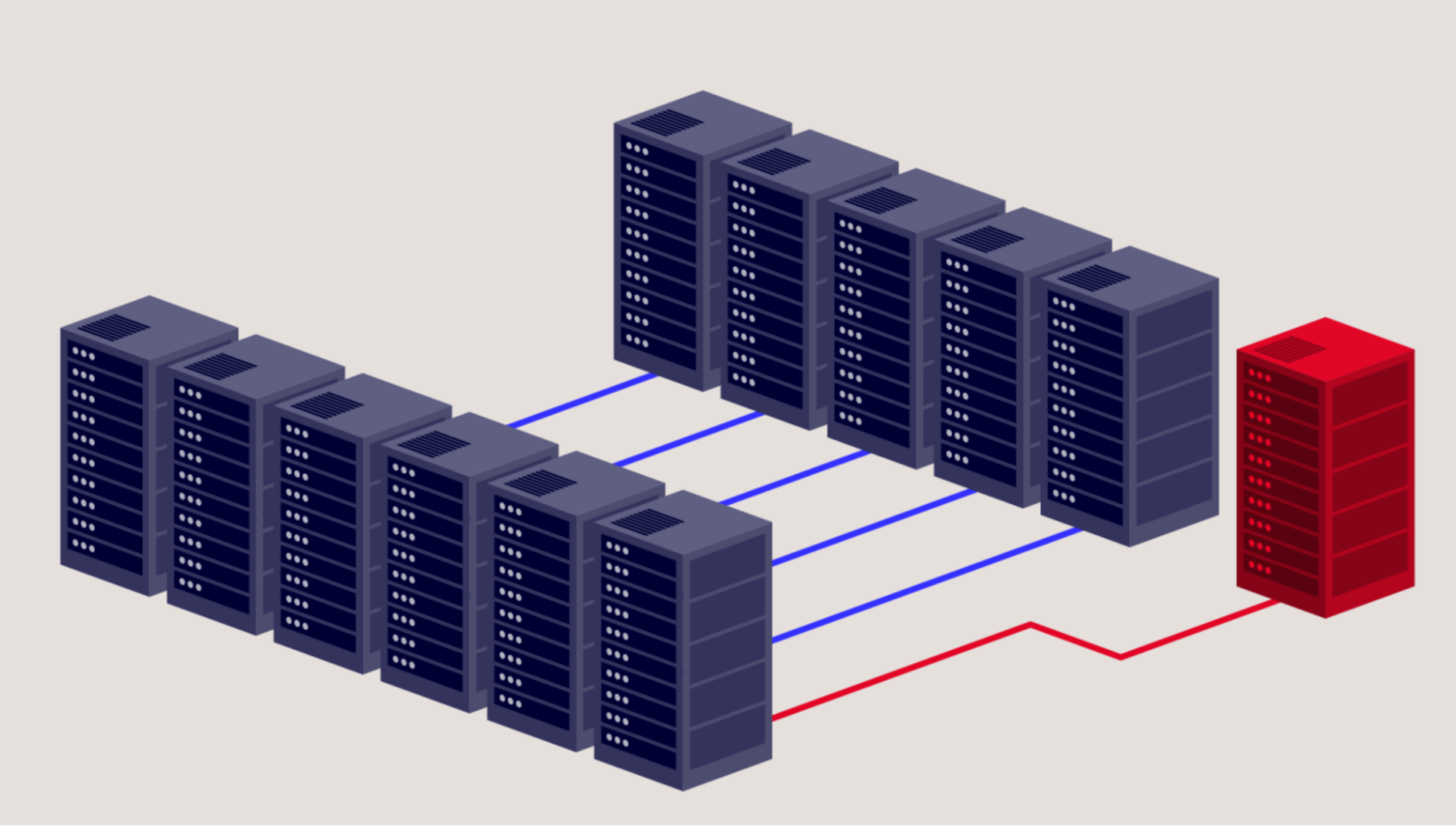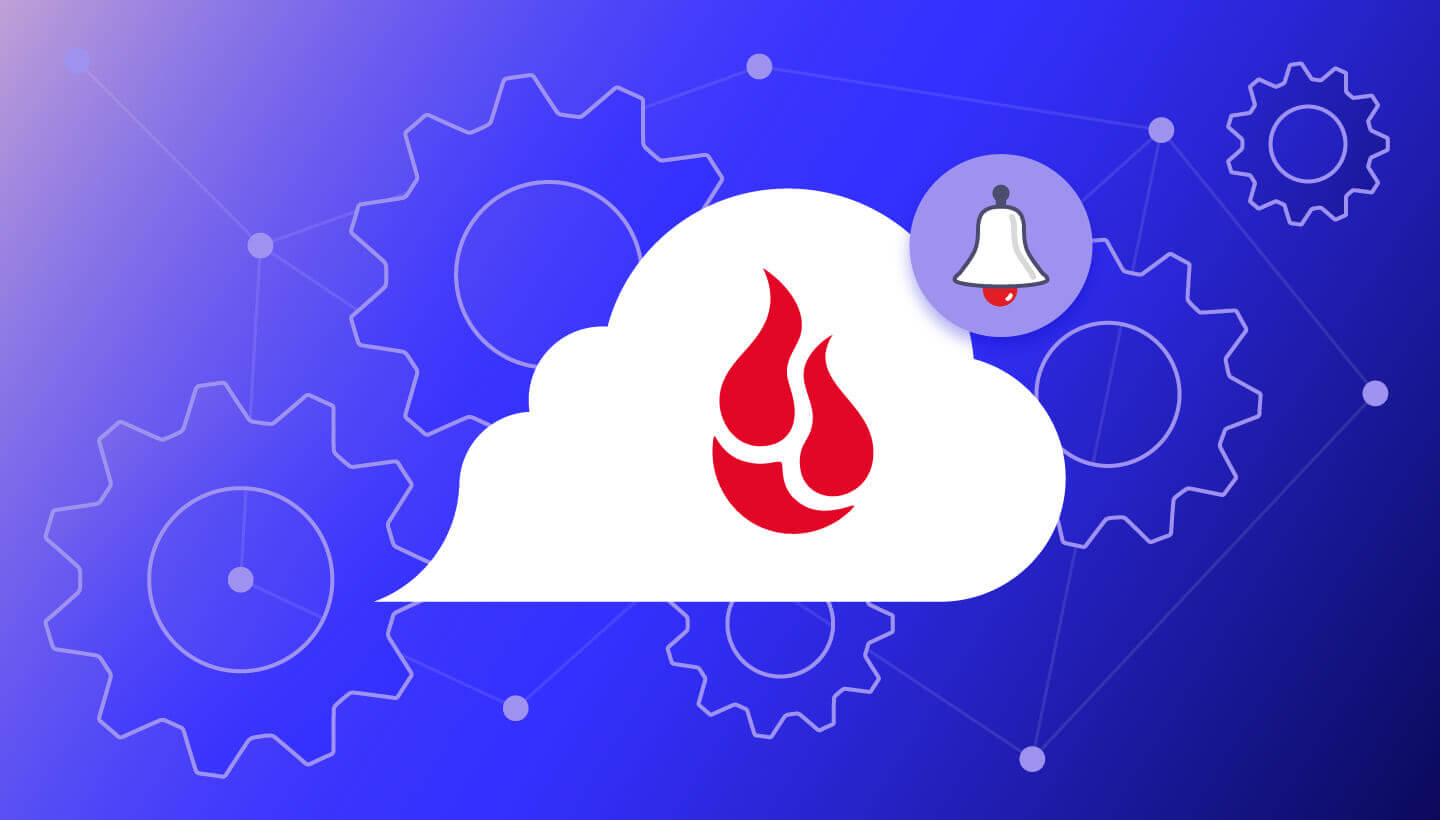
Taking a company public is an investment. At Backblaze, we spent more than $10 million* in connection with our IPO and learned a lot in the process. Now, all that knowledge is yours for free. Why? We’re open sourcing our IPO.
In the tech world, the open source movement has long promoted growth, innovation, and collaboration. The push to democratize code is such a powerful thing that it is credited with the rapid expansion of technological innovation in recent decades. And yet, while open sourcing is widespread in our industry, you don’t find it in many others.
Some of the most common and repetitive business practices are still not well understood. The IPO process, for example, is as cryptic as the most jealously guarded algorithms for anyone who hasn’t been through it, and for no good reason. Entrepreneurs and business leaders often enter into this process not entirely blind, but without the building blocks those who IPO’d before had constructed. It doesn’t make sense.
When Backblaze went public in 2021, we found ourselves wondering why there wasn’t a better roadmap available to any entrepreneur who dared to take the IPO path. It’s an investment not only of management time, but also a significant amount of financial resources. Having more information going into it is never a bad thing.
Last year, I wrote about why you should go IPO, but in this series what I really want to do is open source our IPO process and share every step along the way: who to talk to, what to chase, what to build. I want any business leader to be able to use this series as a foundation along the journey to IPO. An IPO will still be an investment, but you’ll be armed with the knowledge to make it lean and mean. (And whether you actually go public or not is beside the point—the preparation takes your business to a whole new level.)
More to Come
This blog series is for everyone: from those of you dreaming up your first idea, to startups still in stealth mode, to the thousands of companies with revenue in the tens of millions. Check out the first installment here:
You can also tune in to our Stocks and Storage series on YouTube for more explainers on Wall Street jargon from IPO to EBITDA. And stay tuned for more—I’ll be filling in the details over the next year and writing the playbook I wish we had when we started down our IPO path.
The Backblaze Way
In the 20 years leading up to 2021—the year Backblaze was listed—around 4,500 companies went public, and yet there was still no definitive resource for us to follow when we started out. It wasn’t just that the roadmap was unclear, the process was also clouded by perceptions of what type of company could make the journey. The message we frequently heard was that without lots of media buzz, multiple rounds of traditional venture capital (VC) funding, public declarations of money raised, revenue above $100M, and lofty growth metrics, don’t even bother getting started.
But we’d already taken a different route to get where we were, bootstrapping our way to profitability and growth without following the road most traveled and the structure that provides, so we weren’t afraid to do the same thing in an IPO. It created some unique obstacles, but it worked for us, and we hope other entrepreneurs and business leaders can leverage our learnings, avoid our mistakes, and find some of the same benefits we did in going public.
Potential Stumbling Blocks
The road to IPO was something we thought about from day one of our company, but we started moving along it more seriously in early 2020.
We had some excellent advisors and mentors guiding our first steps (and if you’re contemplating an IPO, I highly, highly recommend starting to seek out folks with experience with IPOs who can help guide you along the way). At the same time, I wanted to make sure I was developing my own understanding of the process and forming my own opinions. My research included everything from digging deep into the resources shared by outside counsel to a late night “how to IPO” Google search (with limited results).
So what would have been most helpful to me at the time? What were the gray areas? What resources could have made all the difference at the beginning of the process? Below are the key points that I would give myself if I could go back in time, and they form the backbone of my thinking as I’ve begun to open source our experience for you.
How to IPO: The Things That Should Keep You Up at Night
- The Unicorn CFO: We all know the importance of the CFO in the IPO process, but when the markets are strong and many companies are marching towards a public offering, CFOs with IPO-specific experience are rare. Can we start with a head of Financial Planning & Analysis (FP&A)? A controller? What’s right for our company?
- General Guidance from General Counsel (GC): At the end of 2019, our in-house legal team was essentially nonexistent. We needed to hire a GC to help us navigate many of the nuanced IPO best practices, but where else should they provide guidance? Your GC should instruct you on how to start thinking and acting like a public company and direct your executive team on the specific roles they should play.
- What Is My Role in All of This?: As a CEO, I naturally wanted to have my hands in every part of the IPO process. But, that was impractical and impossible. For example, I needed to play a very specific role as chief executive in the drafting of the S-1. (That’s the document you file with the SEC when you want to go public.) I had to approach the document with company vision/storytelling as my main focus—to ensure the picture we were painting of the company’s future was neither slanted by the desires of the market, nor overshadowed by legal and financial jargon.
- Avoiding Fyre Festival: While on one hand you want to deliver a strong company narrative, many entrepreneurs can get carried away. You want to make sure you’re not telling a story you can’t deliver on. I don’t fault anyone for building a vision, but when thousands of influencers wind up in FEMA tents on a remote Caribbean island, you’ve taken your business narrative too far.
- Systems, Processes, & People: These are the core components necessary to have in place for a successful IPO. When we started having the IPO conversations, ours were sufficient for the operations at a scrappy startup. I thought we had been informally putting the right infrastructure in place as we scaled, but preparing for an IPO takes a more concerted and intentional effort.
The Tip of the Iceberg
What I’ve touched on above is truly just the tip of the iceberg—something to get you thinking. In the rest of this series, I plan to dig deep into the inner workings of the IPO and share my insights—plus, many of the materials, planning docs, decks, spreadsheets, and more—with full transparency.
Here are some of the topics on deck for the rest of the year:
- Building the Foundation: If you want to take your startup public, what’s the best way to set yourself up for success as you grow?
- IPO Readiness: The opportunity stars have aligned. What does it take to actually be ready to take advantage of it?
- Making the Call: When are you ready to pull the trigger and how does your mentality need to change?
- Building the IPO Machine: What cogs are essential for the IPO machine, and how and when do you select them? Think bankers, analysts, executive team members, etc. And what if you pick wrong?
- Storytelling: How to sell success and navigate the S-1.
- Old Friends: Managing morale and focus.
- The Roadshow: Storytelling beyond the S-1: How does it work and how do you prepare?
- Notes on Not Drowning: Testing the waters.
- The Final Steps: What are the final details you need to consider and what could go wrong?
- IPO Day: My experience and key learnings.
In the meantime, please let me know in the comments if there’s anything in particular you’d like to learn more about as we help more businesses grow better.


